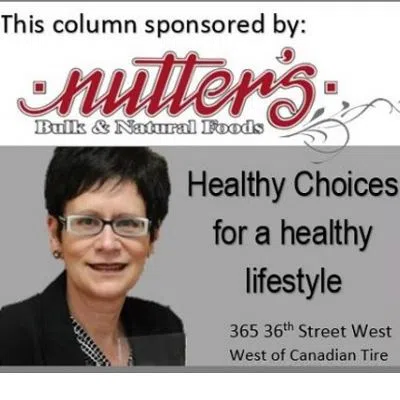
Stemming the tide: How to keep your stem cells young
Stem cells are the highly versatile spare tires of your body. Once called on, they can replace a damaged cell — and, because they aren’t yet directed to become part of a specific organ or tissue type, they not only could become (metaphorically speaking) a new tire, but could also fix a worn-out engine part or a cracked windshield. It just takes the right prodding in the body, or the laboratory! They can do it even after being inactive for a long time.
Those remarkable abilities are promising to provide scientists with a powerful tool to use in conquering disease. That’s because normally, cells in organs such as the heart and pancreas do not divide to repair damage that might happen to the organ. But manipulation of stem cells well, that could allow doctors to induce self-repair in many parts of the body. No more heart transplants; bye, bye diabetes, macular degeneration, spinal cord injury, osteo- and rheumatoid arthritis. We might even repair third-degree burns and stroke damage that was previously considered permanent.
That promising future became more hopeful in 2006, when researchers figured out how to turn specialized adult stem cells (replacing use of embryonic cells in some research) into what they called “induced pluripotent stem cells” (iPSCs). Since then, the number of experiments using iPSCs has sky-rocketed: Adult mouse stem cells are injected into the damaged ventricular wall of a mouse heart and the stem cells regenerated damaged heart muscle! There have been a few, small, human-based studies that, says the National Institutes of Health, have “demonstrated that stem cells that are injected into the circulation or directly into the injured heart tissue appear to improve cardiac function and/or induce the formation of new capillaries.”
But — and this is a big but — they caution, “significant technical hurdles remain that will only be overcome through years of intensive research.”


